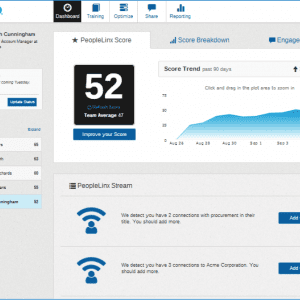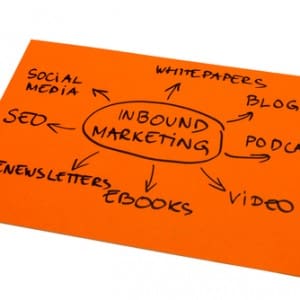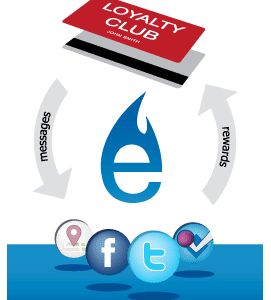Topics
Maximizing Social Selling Success In The Channel
 While many B2B companies are beginning to implement social selling, vendors are just starting to educate and empower their partners to engage with end-users across Facebook, Twitter, LinkedIn and other key networks.
While many B2B companies are beginning to implement social selling, vendors are just starting to educate and empower their partners to engage with end-users across Facebook, Twitter, LinkedIn and other key networks.
With buyers going through up to 60% of their researching and consideration journey before even interacting with sales teams, it is imperative that vendors and partners alike use social as a tool “to assert themselves as industry thought leaders and as a source for open communication,” noted Heather K. Margolis, President and Founder of Channel Maven Consulting. In the channel specifically, “partners can leverage vendor provided content in addition to content they create themselves, making their content arsenal more robust which helps their overall social selling strategy.”
While the value of social selling is clear, some organizations are slow to implement the tactic as it requires more resources and cross-departmental collaboration than traditional selling. According to PeopleLinx’s The State Of Social Selling 2015 Survey Results, 73% of salespeople see value in social selling, but only 31% say their sales process includes social outreach.
“There are a lot of constituents involved when you are trying to do social selling the right way,” noted Jill Rowley, a social selling consultant. “It’s no wonder this is slow-going because of the collaboration and the alignment needed. The bigger the company, the harder it is.”
Education And Empowerment Are Key To Channel-Wide Adoption
If internal marketing sales teams are struggling to get their social selling strategies off the ground, it will undoubtedly be challenging for channel players that have their own unique set of challenges.
From the vendor perspective, the biggest challenge is “convincing partners that marketing is important and they have to do it,” Margolis said. “When communicating with partners, vendors need to consider their Partners’ pain points while at the same time considering the needs of the end-user when crafting content.”
Partners, on the other hand, are not always up-to-speed on the latest marketing and sales tactics, often due to a lack of time, resources and manpower. This makes education key.
“They need to understand why social selling is necessary,” Margolis explained. Larger partner organizations that have in-house teams may find this less daunting. But partners that don’t have in-house marketing teams “risk being phased out if they can’t keep up.”
In order to position partners for success, Margolis recommends that vendors not just provide suggestions, but resources that will help their partners execute social selling successfully.
“Whether through webinars, executives sharing information on social, blog posts, or video content, vendors needs to create material educating partners on the importance of social selling, online marketing and demand generation,” Margolis said. “When we work with vendors one question we hear is: ‘If we do that, aren’t we also teaching our partners to sell our competitors solutions?’ Vendors need to provide education, materials, and support in order to ensure partners lead with their solutions.”
Social Content Should Spotlight Expertise
For marketers looking to get started, LinkedIn is one of the most efficient channels to begin a social selling campaign, according to Michael Idinopulos, CMO of PeopleLinx, a social selling platform.
“LinkedIn profiles are the first and easiest quick hit,” Idinopulos said. “Marketing should help the sales team optimize their profiles with company-approved profile photos, role descriptions and education, along with links to the company website, embedded video and images and other marketing ‘flair’ you’d like salespeople to promote.”
Whether enlisting LinkedIn or other channels for social selling, the marketing team can play a vital role by collaborating with the sales team to provide relevant and compelling content to share, sources noted. A finely tuned content strategy positions the salesperson as an authority while avoiding self-promotion, according to Scott Levine, VP of Strategy for KERN, a marketing consultancy.
“By constructing a content strategy that makes it easy for sales to share valuable information, marketing is enabling the sales team to stay top of mind when a purchase decision is imminent,” Levine noted.
Margolis added that in the channel especially, sales expects marketing to create “relevant, engaging content that will help with SEO and inbound by drawing buyers to the organization,” she said. Conversely, “marketing will expect sales to have an ‘ear to the ground’ in the places where buyers are looking for answers in order to inform the content strategy.”
After a solid content marketing foundation is in place, executives need to follow a consistent schedule to apply and improve their social selling strategies.
“The best practice is to get out and do it,” Margolis advised. “This means spending some time getting comfortable with the process. Mark 30 minutes in your calendar every day for social selling. Use that time to connect with prospects, write blog posts, and share social content.”














